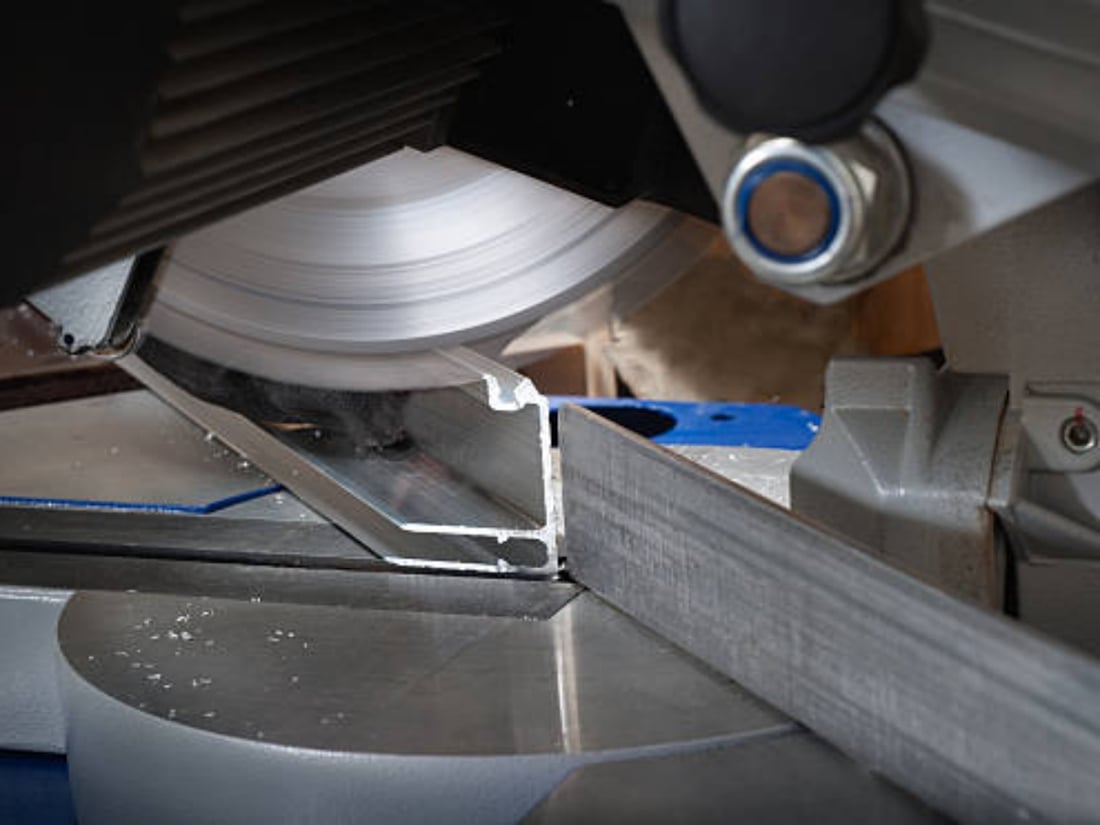Understanding the Importance of a Jig Saw Blade for Aluminum Cutting
When it comes to cutting aluminum, using the right tools is crucial to achieve accurate and clean results. One such tool is a jig saw, which can be a versatile option for various cutting tasks. However, to maximize the efficiency and effectiveness of your jig saw, it is essential to select the appropriate blade specifically designed for cutting aluminum. In this article, we will explore the various aspects of a jig saw blade for aluminum and provide you with valuable insights to help you make an informed decision.
The Different Types of Jig Saw Blades for Aluminum
Before delving into the details, it is important to understand the different types of jig saw blades available for cutting aluminum. There are primarily two types: T-shank and U-shank blades. T-shank blades are the most common and widely used, while U-shank blades are less common but still suitable for certain jig saw models.
Selecting the Right TPI (Teeth Per Inch)
Choosing the correct number of teeth per inch (TPI) is crucial for achieving precise and efficient cuts in aluminum. For thicker aluminum materials, a lower TPI blade is recommended, while thinner materials require a higher TPI blade. Generally, a TPI between 10 and 24 is suitable for most aluminum cutting tasks.
Understanding Tooth Geometry
The tooth geometry of a jig saw blade plays a significant role in determining the cutting efficiency and the overall quality of the cut. For aluminum cutting, blades with a downward or reverse-tooth configuration are highly recommended. These blades help prevent chipping and provide cleaner cuts by directing the chips away from the cutting path.
The Importance of Blade Material
When it comes to cutting aluminum, the blade material is another crucial factor to consider. High-speed steel (HSS) blades are commonly used for aluminum cutting due to their durability and heat resistance. Carbide-tipped blades are also a popular choice as they offer enhanced cutting performance and longevity. Depending on your specific requirements and budget, choosing the right blade material is essential for achieving optimal results.
Considerations for Blade Thickness
The thickness of the jig saw blade is another important consideration. Thicker blades tend to be more rigid and can withstand higher cutting forces, making them suitable for cutting thicker aluminum materials. However, thicker blades may result in wider kerfs and reduced cutting accuracy. Thinner blades, on the other hand, provide finer cuts but may be more prone to bending or breaking. Finding the right balance between blade thickness and cutting requirements is crucial for achieving the desired results.
Other Factors to Consider
Aside from the aforementioned aspects, there are a few additional factors to consider when selecting a jig saw blade for aluminum cutting. These include blade length, the presence of a blade coating, and the compatibility of the blade with your specific jig saw model. It is important to evaluate these factors and choose a blade that aligns with your cutting needs and equipment specifications.
Tips for Optimal Cutting Performance
To ensure optimal cutting performance when using a jig saw blade for aluminum, here are a few tips to keep in mind:
- Secure the material firmly to prevent vibrations and ensure clean cuts.
- Apply cutting lubricant to reduce friction and extend blade life.
- Choose the appropriate cutting speed based on the thickness of the aluminum.
- Use a steady and controlled cutting motion to avoid blade deflection.
Common Mistakes to Avoid
When working with a jig saw blade for aluminum, it is important to avoid certain mistakes that can compromise the cutting quality and pose safety risks. Some common mistakes to avoid include:
- Using the wrong blade type or TPI for the aluminum material.
- Applying excessive force, which can result in blade bending or breaking.
- Not using safety equipment such as goggles and gloves.
- Ignoring blade maintenance, such as cleaning and sharpening.
Conclusion
Choosing the right jig saw blade for aluminum cutting is essential for achieving accurate, clean, and efficient results. By considering factors such as blade type, TPI, tooth geometry, blade material, and thickness, you can select the most suitable blade for your specific cutting needs. Additionally, following the provided tips and avoiding common mistakes will help you optimize your cutting performance and ensure a safe working environment. With the right jig saw blade, you can confidently tackle your aluminum cutting projects with ease.


